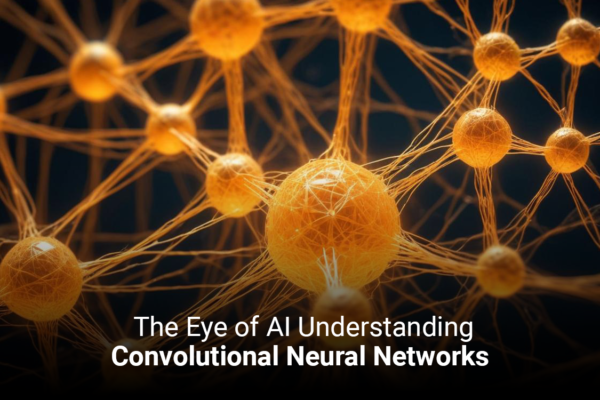Artificial intelligence (AI) has transcended its once-futuristic status to become an integral part of our lives, revolutionizing industries, simplifying tasks, and opening doors to opportunities. It is no longer a sci-fi dream rather the beating heart of modern technology. Rapid technological advancements have marked the era, and AI has emerged as the ultimate feast for the ever-hungry appetite for innovation. The world of AI presents a vast and enticing menu of possibilities that serves up the must-have ingredients for the world’s insatiable appetite.
AI has emerged as a transformative force reshaping industries, enhancing efficiency, and challenging the boundaries of what is possible. From the finest data ingredients to the intricate algorithms and the ethical considerations that season every development, AI serves all the essential elements that fuel the AI revolution.
Key Ingredients for AI Success
AI success hinges on the interplay of several crucial ingredients. The following are the key ingredients that drive AI success:
Algorithms: The Brain Behind AI
Algorithms are intellectual engines driving the capabilities of AI. The instructions enable AI systems to learn, adapt, and perform tasks with human-like precision. It forms the core of machine learning and deep learning, allowing AI to recognize patterns, make predictions, and understand complex data. Whether it’s classifying images, translating languages, or predicting stock market trends, algorithms are the secret tool that empowers AI to turn data into actionable insights. They are continually refined and expanded upon, pushing the boundaries of what AI can achieve.
Quality Data
High-quality data is essential for AI success. It’s not just having large datasets but ensuring data is accurate, relevant, and representative of the problem. Inaccurate data can lead to flawed AI predictions and decisions. For example, in healthcare, incorrect patient data could result in misdiagnosis. Data should represent the diversity of scenarios and conditions AI systems encounter in the real world. Biased or non-representative data can lead to subjective AI outcomes.
Data Collection & Data Pre-processing
Data is collected from various methods, such as sensors, user interactions, and data labelling. Every format has its significance. Many AI systems rely on collecting data from sensors and IoT devices. For instance, autonomous vehicles use sensors to perceive their surroundings. Data collected through user interactions, such as clicking on a website or voice commands to a virtual assistant, is helpful for personalized recommendations. To train AI models, data needs to be labelled, meaning each data point is tagged with the correct output. Raw data often includes inconsistencies that need to be cleaned to ensure accuracy. Data pre-processing also contains data transformation, which is done by data scaling, meaning different features have the same impact on AI model training.
Computing Power: Fueling AI Innovation
The demand for computational resources is massive in AI, and computing technology answers the call. Powerful GPUs (Graphics Processing Units) and TPUs (Tensor Processing Units) accelerate AI model training, allowing for the rapid iteration and refinement of complex algorithms. Moreover, cloud computing services provide scalable and accessible resources, democratizing AI development and deployment. This computational ability helps AI tackle challenges such as natural language understanding and image recognition and instigates the creation of cutting-edge applications.
The Buffet’s Sweet Spot: AI for Everyone
As we move ahead, the sweetest spot in the development of AI is AI for everyone. As AI makes a permanent place in our daily lives, it is essential to understand that this transforming force remains accessible to all. Initiatives aimed at making AI technology inclusive and equitable are flourishing. Whether it’s by simplifying the user interfaces of AI applications, promoting diversity in AI development teams, or providing resources for learning and experimentation, the goal is clear: AI needs to serve the needs and aspirations of everyone, irrespective of their background or expertise. This commitment to inclusivity will broaden the impact and foster a brighter future driven by the principles of accessibility and shared innovation.
Conclusion
The future of AI is dynamic, evolving, and full of promise. Emerging trends such as edge computing and sustainability initiatives are on the horizon, poised to redefine the landscape of AI further. Also, ethical considerations are becoming important as AI continues to permeate our lives. AI’s true potential lies not only in the technological marvels it offers but also in the ethical responsibility it demands. It is a technology, a partner, and a guide on our journey into an interconnected and intelligent world. As the future unfolds, may we all be inspired to contribute to the ever-evolving narrative of AI.























